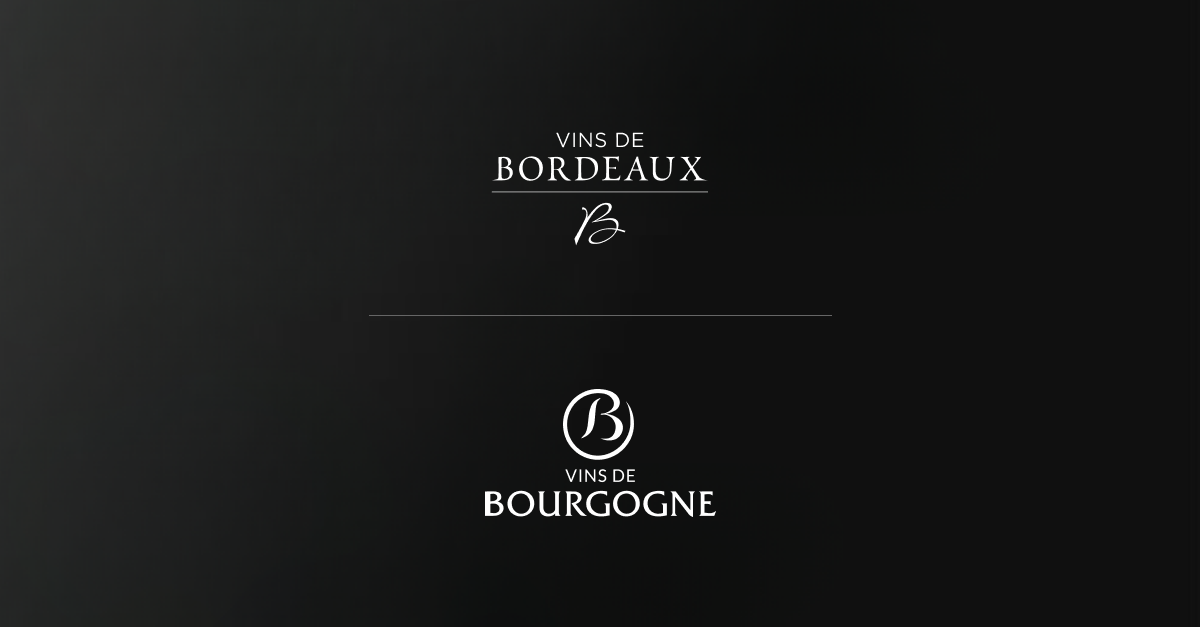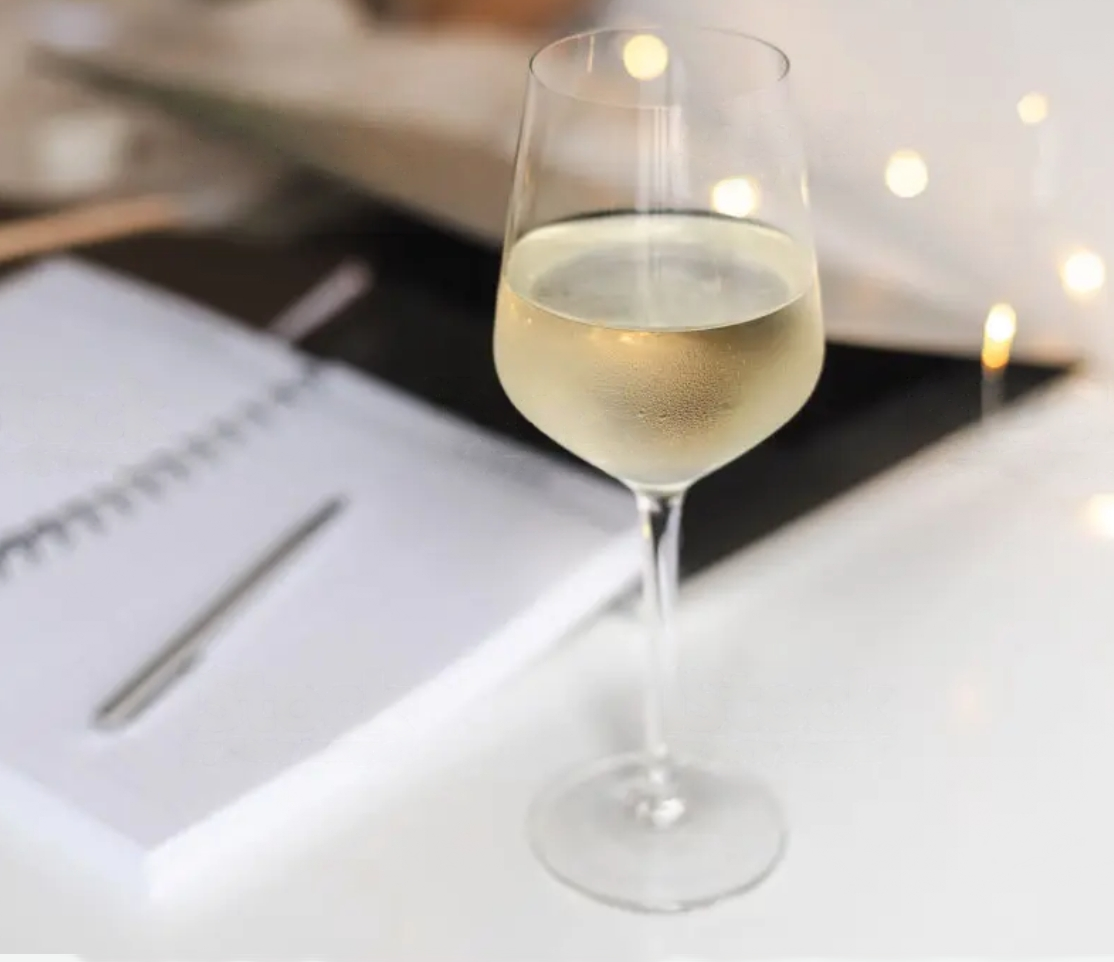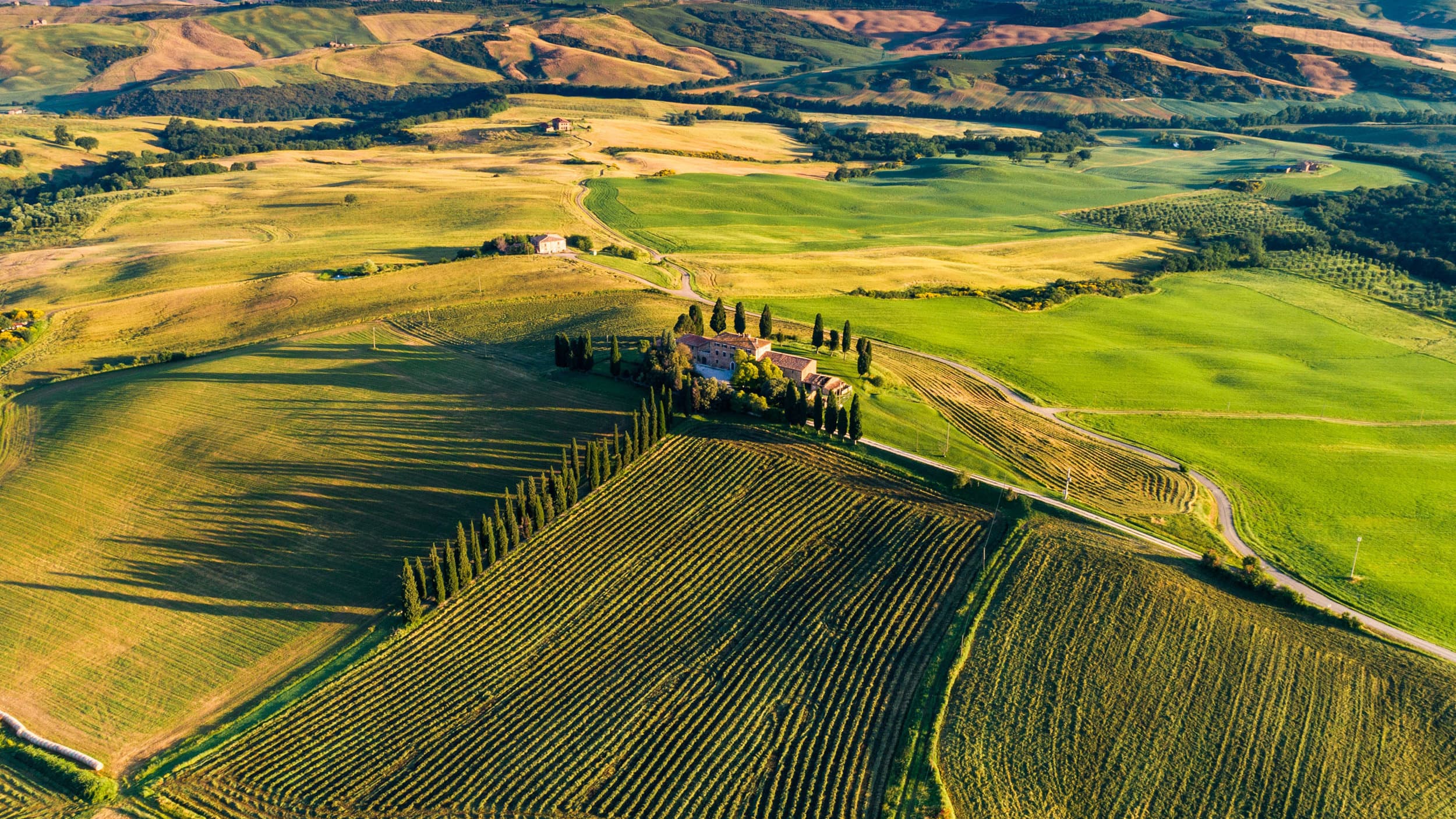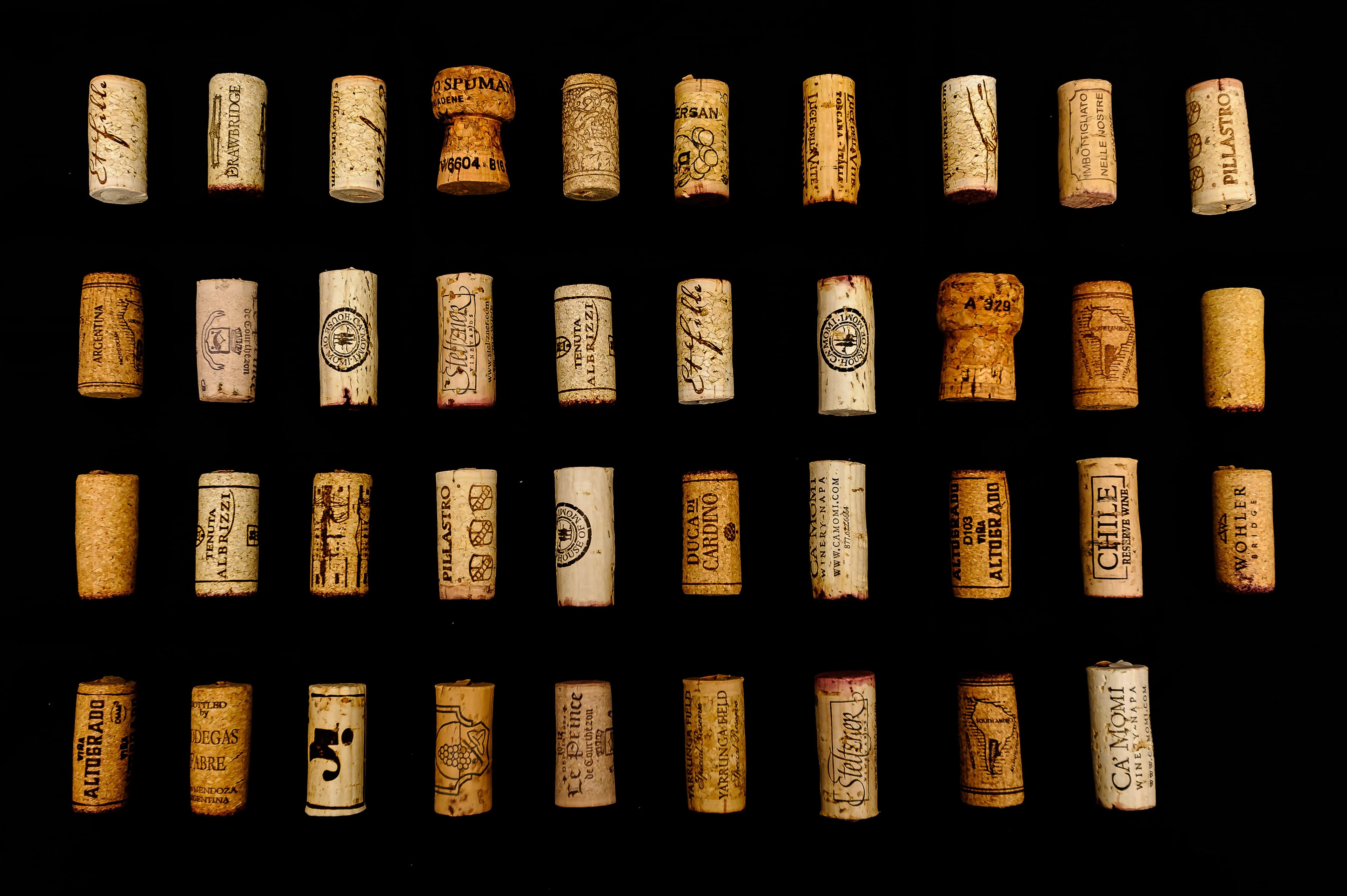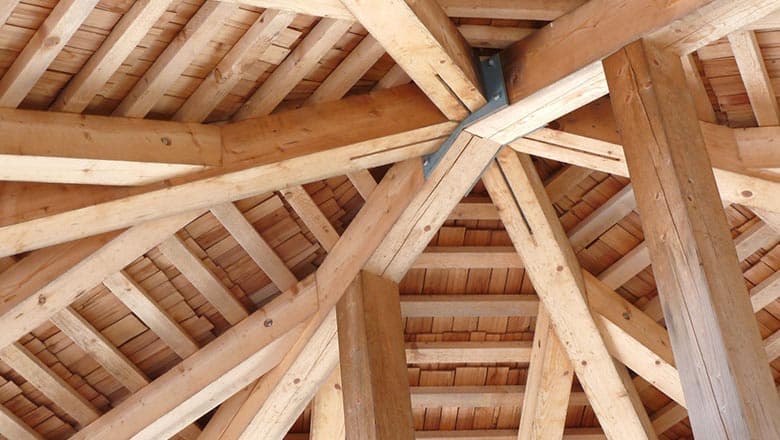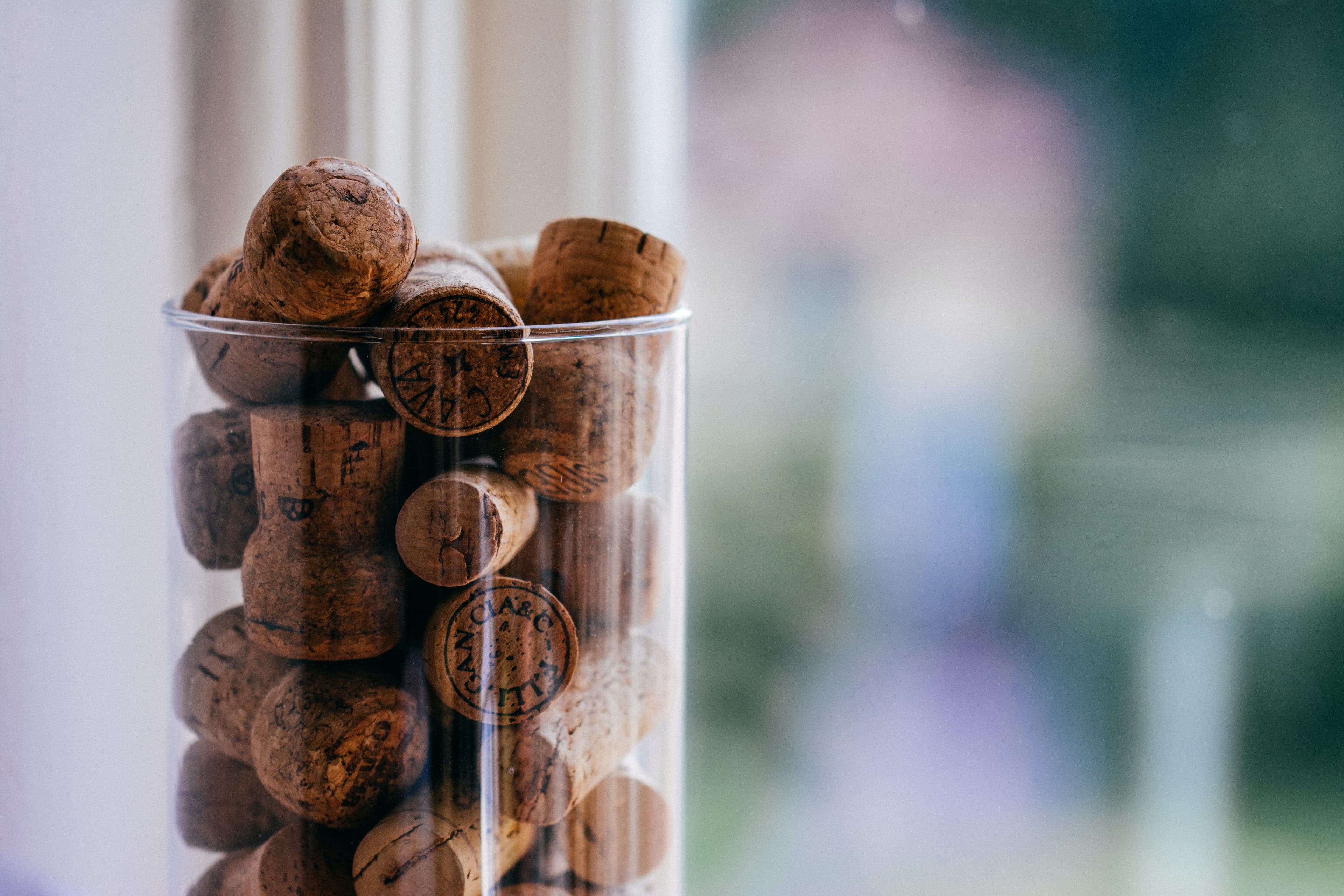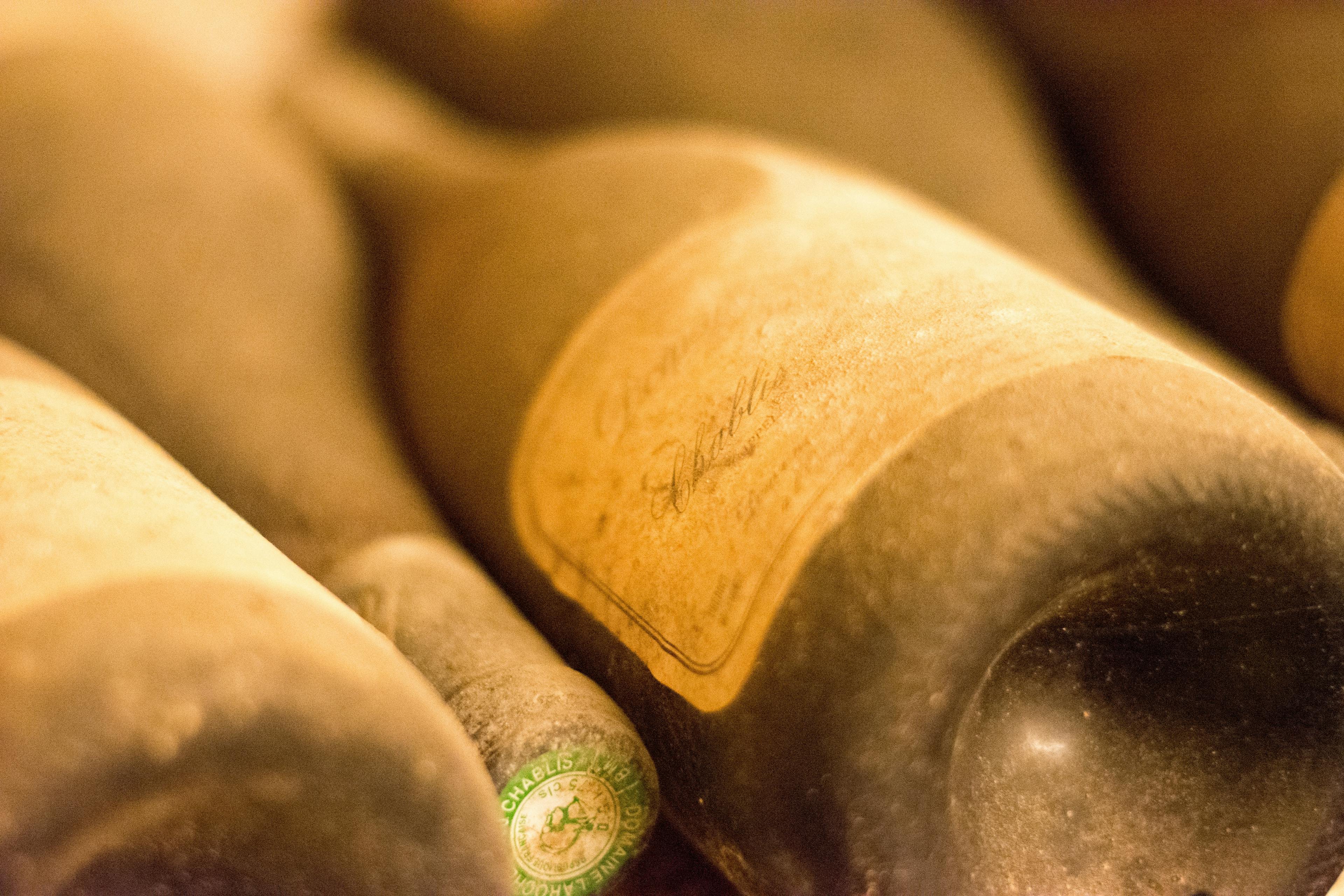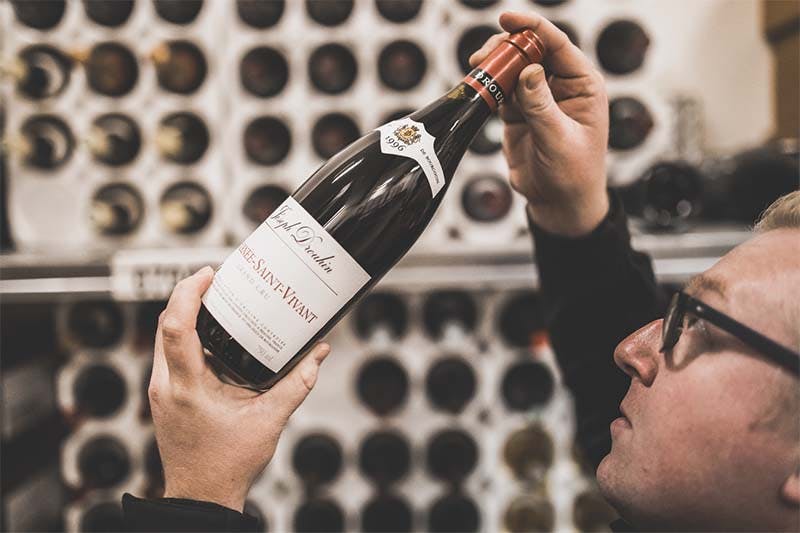
Discover the unique flavors of Château Coutet, a distinguished sweet wine hailing from the prestigious Barsac appellation in Bordeaux, France. Known for its rich history and exceptional quality, Château Coutet stands out in the world of dessert wines. This article delves into the sensory experiences offered by Château Coutet, exploring its aromatic complexity and the balance of sweetness and acidity that makes it so beloved among connoisseurs. Whether you're a seasoned wine enthusiast or new to the world of sweet wines, understanding how Château Coutet tastes can enhance your appreciation of this exquisite wine.
Profile of Château Coutet's Flavor Palette
Château Coutet, renowned for its rich history in the Barsac appellation, offers a distinctive flavor palette that captivates wine enthusiasts. This wine is celebrated for its vibrant, complex profile that evolves beautifully with age. Understanding the nuances of its taste can enhance your appreciation and store experience.
Fruity and Sweet: The primary notes are of ripe apricot, candied orange peel, and honey. These sweet, luscious flavors are balanced by a refreshing acidity, making each sip delightful and invigorating.
Spicy Undertones: Subtle hints of cinnamon and ginger add a spicy layer that complements the sweetness, offering a warm and intriguing complexity.
Botanical Elements: Aromas of fresh flowers and a touch of green tea provide a floral and slightly herbal quality, enhancing the wine’s aromatic richness.
Rich Texture: On the palate, Château Coutet is full-bodied with a silky, creamy texture that envelopes the taste buds, leading to a long, satisfying finish.
Each glass promises a journey through a well-orchestrated symphony of flavors, making it a favorite among dessert wines.
The Sweetness of Château Coutet Explained
Château Coutet, renowned for its exquisite dessert wines, offers a unique sweetness that distinguishes it from other Sauternes. This sweetness is primarily derived from the noble rot (Botrytis cinerea), which partially raisins the grapes, concentrating their natural sugars and flavors. The meticulous craftsmanship involved in the wine-making process at Château Coutet ensures that each bottle captures the essence of this unique terroir.
Grape Selection: Only the finest botrytized grapes are handpicked, ensuring high sugar content and optimal flavor.
Fermentation: Slow fermentation at controlled temperatures preserves the delicate aromas and enhances the wine's complexity.
Aging: The wine is aged in oak barrels, which contributes to its rich texture and adds subtle hints of vanilla and spice.
Blending: Master blenders at Château Coutet skillfully combine different vintages to achieve a consistent and balanced flavor profile.
Each step is crucial in crafting the luscious, honeyed character that Château Coutet is celebrated for, making it a favorite among dessert wine enthusiasts.
Identifying the Aromatic Components
Exploring the aromatic characteristics of Château Coutet reveals a complex bouquet that distinguishes it from other Bordeaux wines. This esteemed dessert wine, known for its balance and depth, offers a symphony of scents that enchant the nose and palate. Key notes include:
Honey: A rich, unmistakable aroma that suggests the lush, sweet nature of this wine.
Acacia Flowers: These add a delicate floral touch, enhancing the wine's freshness.
Dried Apricot: This fruit element introduces a tangy yet sweet layer, contributing to the wine's multidimensional profile.
Vanilla: Often a hint of vanilla emerges, likely from the oak aging process, which rounds out the flavor with a smooth finish.
Almond: A subtle nuttiness can be detected, providing a slight bitterness that balances the sweetness.
Each sniff and sip of Château Coutet offers a journey through these and other fragrances, making it a standout selection for those who appreciate the intricacies of fine wine.
The Texture and Mouthfeel of Château Coutet
The texture and mouthfeel of Château Coutet are distinctive features that contribute significantly to its overall sensory profile. This esteemed dessert wine from the Barsac region of Bordeaux is celebrated for its rich, velvety texture that gracefully coats the palate. When experiencing Château Coutet, one can expect a harmonious balance between its luscious sweetness and vibrant acidity, which provides a refreshing counterpoint to the wine's density.
Silky Smoothness: The wine exhibits a silky smooth texture, making each sip luxuriously satisfying.
Viscous Consistency: Due to its high sugar content, Château Coutet has a notably viscous consistency, enhancing the feeling of opulence in each taste.
Lingering Finish: The mouthfeel extends into a long, lingering finish that leaves a memorable impression of well-rounded flavors and tactile sensations.
For those looking to fully appreciate these qualities, understanding how to serve Château Coutet properly is crucial. Proper serving ensures that the wine's texture and mouthfeel are experienced at their best, making every glass a profound tasting journey.
How Aging Influences the Taste of Château Coutet
Aging significantly alters the flavor profile of Château Coutet, a renowned sweet wine from Bordeaux. As the wine matures, its initial vibrant and fruity characteristics evolve into more complex and nuanced flavors. Younger bottles typically exhibit fresh notes of apricot, honey, and citrus. Over time, these transform into deeper, richer tones of caramel, fig, and toasted almond.
The influence of aging on Château Coutet can be appreciated by comparing different popular vintages. Each vintage reflects the unique conditions of its harvest year, which affects how the wine develops. For instance:
Cooler years often yield wines with higher acidity, which can lead to a longer aging potential and the development of intriguing spicy notes.
Warmer vintages might produce wines that are initially sweeter and more approachable in their youth, but also have the capacity to develop complex secondary flavors as they age.
Understanding these variations helps connoisseurs and casual drinkers alike appreciate the depth and history in each bottle of Château Coutet.
The Balance of Acidity and Sweetness
The Balance of Acidity and Sweetness in Château Coutet is a delightful dance between sharp, vibrant acidity and luscious sweetness, making it a standout dessert wine. This unique combination ensures that each sip offers a refreshing crispness that balances the rich, honeyed flavors typical of the Sauternes region. The wine's complexity is further enhanced by its aging potential, which allows the flavors to meld and evolve, creating a more harmonious profile over time.
When considering food pairings, the acidity cuts through the richness of various dishes, while the sweetness complements sweeter components or contrasts spicier elements. Here are some ideal matches:
Foie gras: The silky texture and rich flavor of foie gras pairs beautifully with the wine’s sweetness.
Roquefort cheese: Its sharp blue veins provide a striking contrast to the honeyed notes of Château Coutet.
Spiced pear tart: A dessert that echoes the wine’s spiced and fruity undertones.
Grilled lobster: The natural sweetness of lobster enhances the wine's complex profile.
Roasted duck with a cherry glaze: This pairing brings out the subtle red fruit notes in the wine.
Each pairing is designed to enhance both the dish and the wine, creating a memorable dining experience.
Tasting Notes from Wine Experts
Exploring the tasting notes from wine experts reveals a complex and delightful profile of Château Coutet. Renowned for its rich, honeyed character, this wine often presents a bouquet of ripe apricots, sweet peaches, and a hint of spicy saffron. The palate is equally impressive, offering layers of tropical fruits, ginger, and orange marmalade, balanced beautifully with a vibrant acidity that persists through a long, satisfying finish.
Aroma: Experts frequently note the intense aromatics of fresh citrus and floral notes, which are typical characteristics of the Barsac region.
Flavor: On the palate, Château Coutet is praised for its deep flavors of stone fruit and a distinct minerality, which adds complexity.
Texture: The texture is described as lusciously smooth, with a velvety richness that coats the mouth, making each sip a luxurious experience.
Finish: The finish is long and lingering, with a refreshing acidity that invites another taste.
For more detailed insights, consider exploring facts about Château Coutet, which can enhance appreciation of its unique qualities.
Comparing Young vs. Aged Château Coutet
When comparing young versus aged Château Coutet, enthusiasts often notice a significant evolution in flavor profiles and complexity. Young Château Coutet typically exhibits vibrant, fresh fruit flavors such as apricot, honey, and citrus. These notes are accompanied by a lively acidity that makes the wine crisp and refreshing.
As the wine ages, it develops deeper, more nuanced characteristics. The initial fruity brightness transitions into richer, more concentrated flavors of caramel, nut, and dried fruits. This maturation process also brings out a creamy texture and an increased aromatic complexity, which is highly prized among connoisseurs.
Acidity: Young wines have higher acidity, which gradually softens.
Sweetness: Although inherently sweet, the perception of sugar may decrease as the wine develops.
Aroma: Aging allows the emergence of secondary aromas like spice and toast, adding layers to the primary fruit scents.
This transformation not only enhances the tasting experience but also illustrates the remarkable aging potential of Château Coutet, making it a fascinating study for those passionate about fine wines.
Seasonal Variations in Taste
Seasonal variations significantly influence the taste profile of Château Coutet, a renowned sweet wine from the Bordeaux region. Each vintage brings its unique characteristics, shaped by the climatic conditions of the year. During warmer seasons, the grapes achieve higher sugar levels, often resulting in wines with more pronounced sweetness and robust flavors. Conversely, cooler years might yield a fresher, more acidic vintage, emphasizing delicate floral and citrus notes.
Understanding the history of Château Coutet helps in appreciating how these seasonal nuances are embraced and enhanced through traditional winemaking techniques. The estate's commitment to quality ensures that each bottle reflects the distinct essence of its harvest year. Wine enthusiasts often note the following seasonal impacts on Château Coutet's flavor:
Spring Frosts: Can lead to reduced yields, concentrating flavors in the fewer grapes harvested.
Summer Heat: Typically enhances the sweetness and intensity of the wine's fruit flavors.
Autumn Rains: Might dilute sugar concentration but can also add a complexity of minerality if well-managed.
These elements combine to create a dynamic tasting experience, inviting a deeper exploration of each vintage's unique expression.
The Finish: What to Expect After a Sip
After taking a sip of Château Coutet, the finish is notably long and complex, leaving a lasting impression on the palate. This distinguished dessert wine from the Barsac region of Bordeaux is renowned for its vibrant acidity that balances its sweetness beautifully. Here’s what you can expect in the final moments after tasting:
Persistence of Flavors: The flavors linger, with notes of honey, apricot, and candied citrus peels slowly fading.
Mouthfeel: There is a silky, almost creamy texture that coats the mouth, making the finish as luxurious as it is lengthy.
Refreshing Acidity: Despite its sweetness, the wine maintains a crisp acidity that keeps it from feeling overly heavy or cloying.
Subtle Oak Influence: A hint of oak adds a touch of vanilla and spice, rounding out the complex flavor profile.
Evolution of Taste: As the wine rests on the palate, secondary flavors such as almond and a slight minerality may come forward, enhancing the overall tasting experience.
Each sip invites you to discover the depth and elegance of Château Coutet, making it a memorable part of any wine enthusiast's collection.
Conclusion
In conclusion, Château Coutet stands out as a remarkable example of the finesse and complexity that Sauternes wines have to offer. With its rich palette of flavors ranging from honeyed apricots to refreshing citrus zest, and a delightful balance of sweetness and acidity, it is a wine that captures the essence of its terroir with elegance and depth. Whether you're a seasoned wine collector or a newcomer to the world of fine wines, Château Coutet offers a tasting experience that is both enriching and memorable.
At Rekolt, we understand the importance of preserving the integrity and quality of such exquisite wines. That's why we offer specialized storage solutions in professional cellars, ensuring that your investment in fine wines like Château Coutet is protected under optimal conditions until you decide to enjoy it or place it on the market. Our services not only enhance the longevity and resale value of your wines but also provide a hassle-free way to manage your wine portfolio. Whether you're looking to savor the exquisite taste of Château Coutet at its peak or explore its potential in the trade market, Rekolt is here to assist every step of the way.
Share this article
